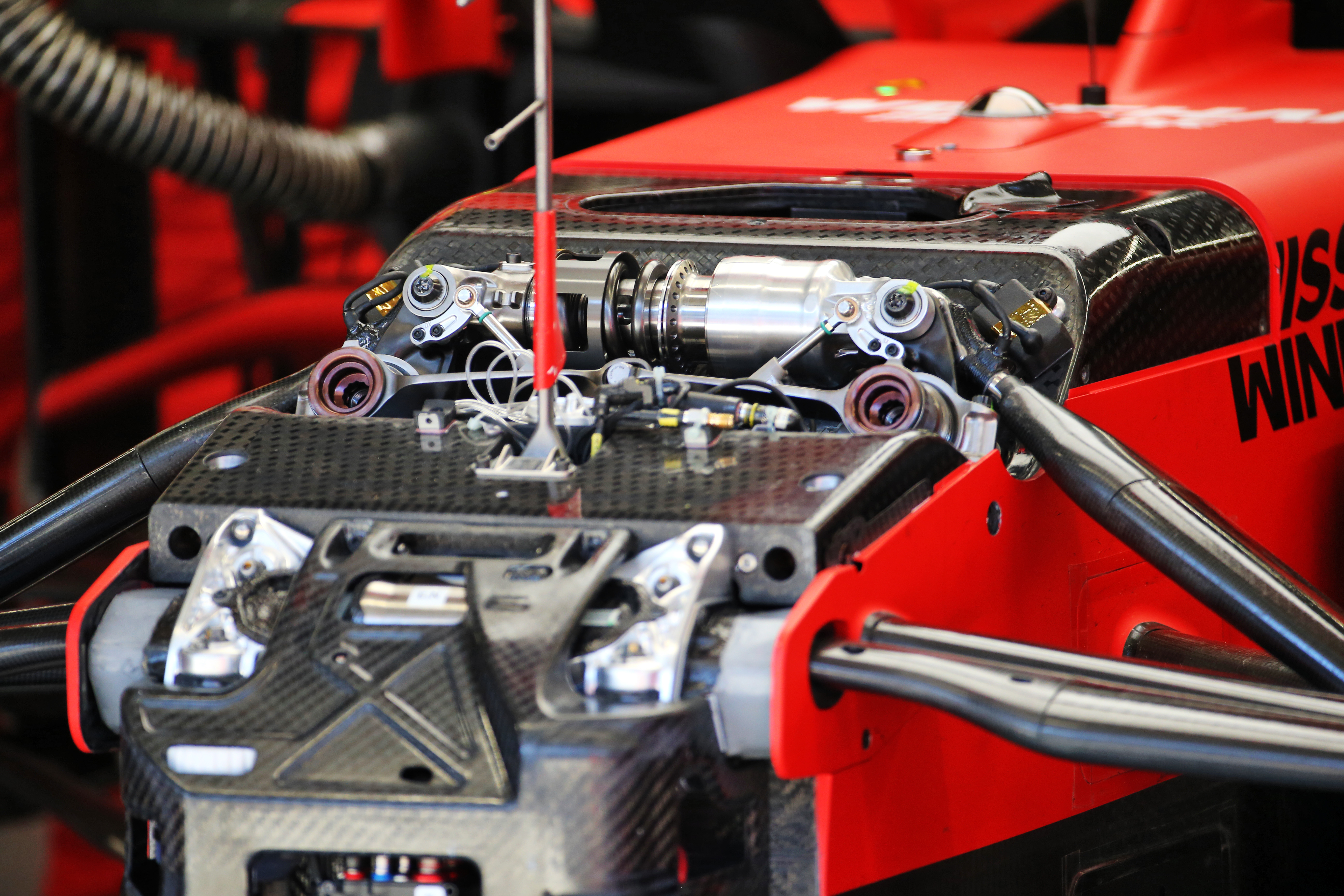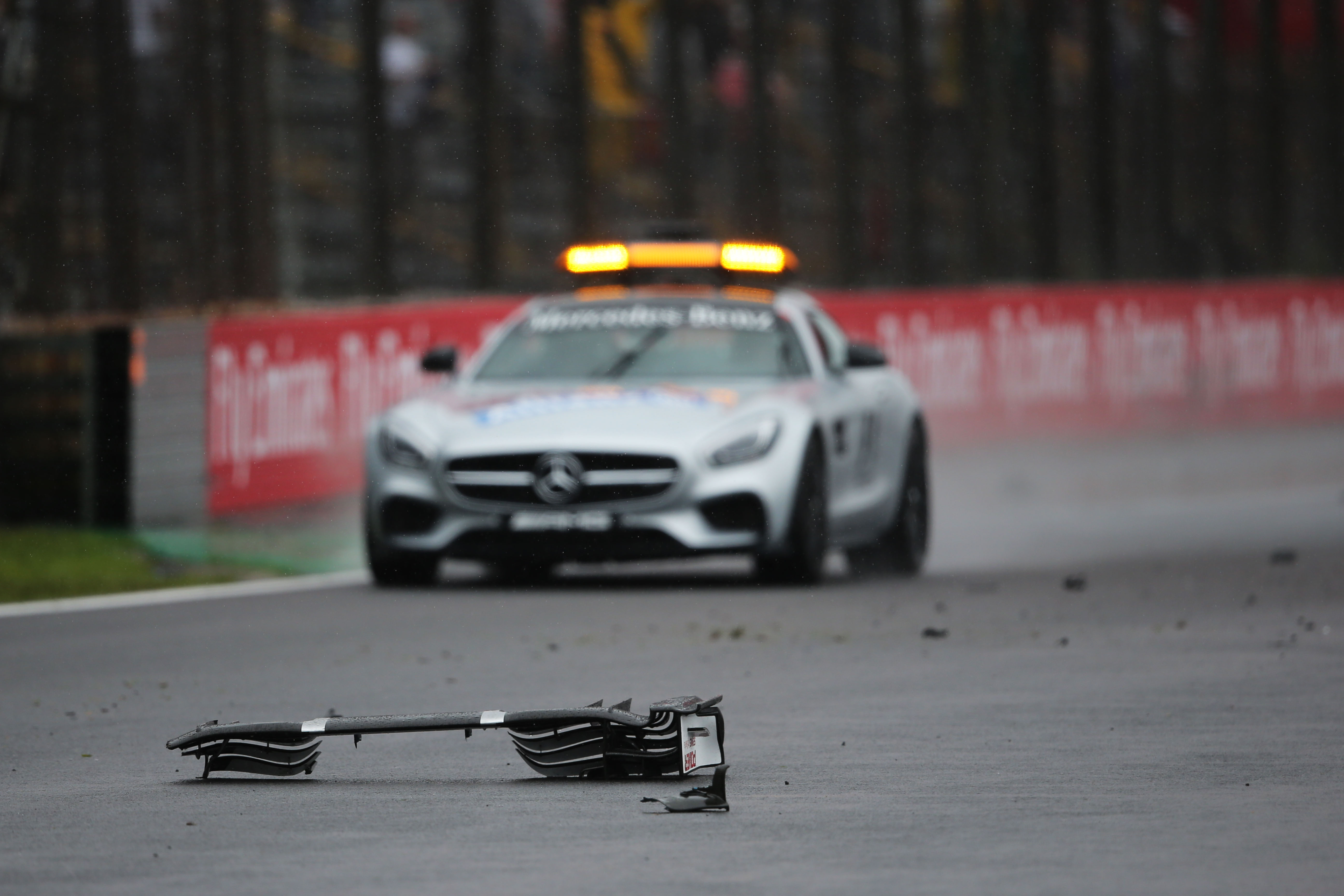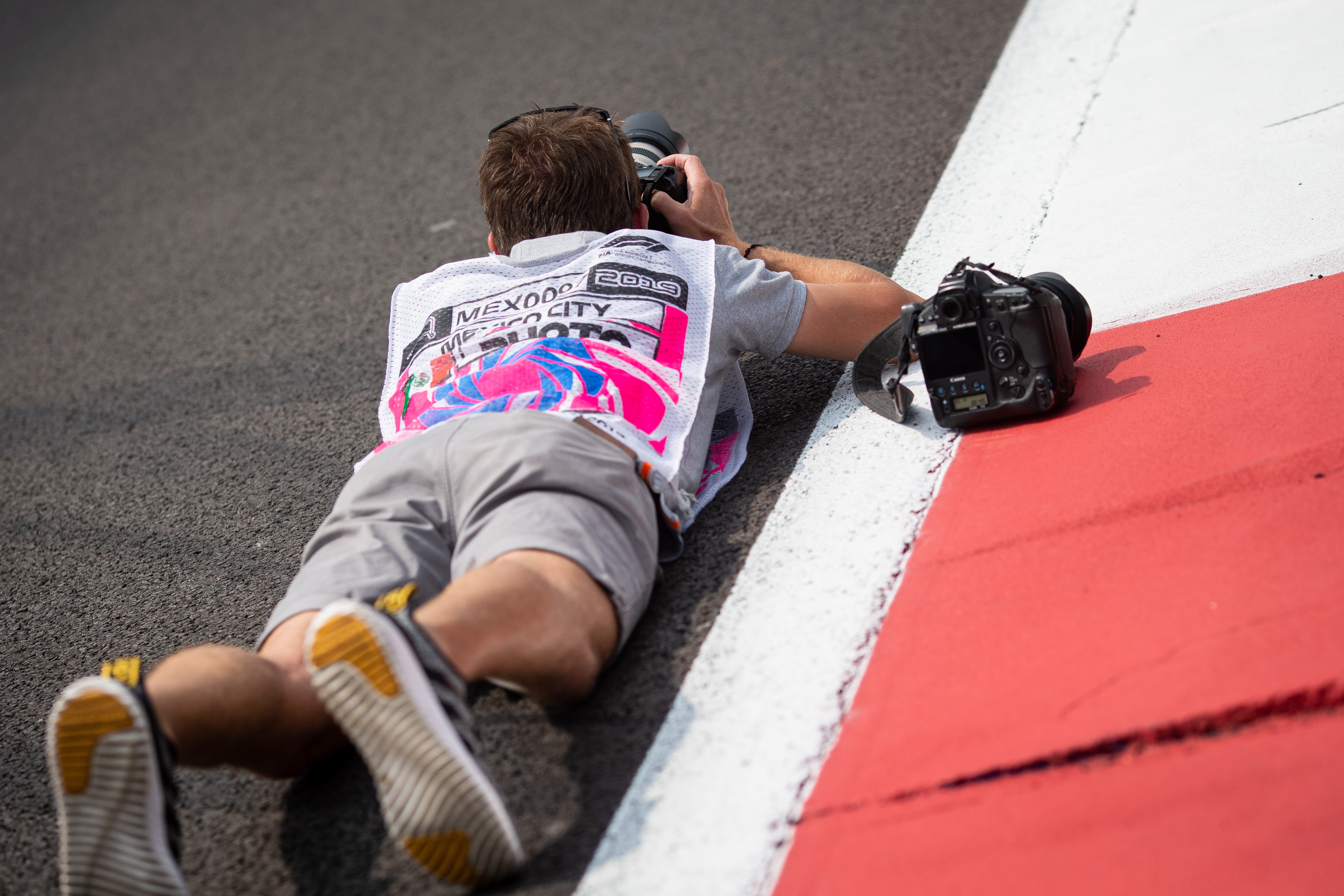With the ongoing Racing Point controversy over its ‘Pink Mercedes’, we keep hearing talk about reverse-engineering components designed by other teams. It’s common practice in Formula 1 but it’s all about doing things the right way.
That applies both to making it work for you, and to ensuring that your approach is within the spirit of the regulations.
HOW TO REVERSE-ENGINEER A PART
Reverse-engineering happens all the time in all areas of life: pharmaceuticals, the beauty industry, confectionery, breakfast cereals, vacuum cleaners, dishwashers, anything. One company will go out and purchase another company’s product to evaluate, dissect, and identify what makes it better or cheap, or even worse, and react to that.
That reaction may be to copy the product. In China, we have seen this happening for many years and some of the Rolex watch copies made there have confused watch enthusiasts.
That’s all fine if the product is commercially available and you don’t contravene any patent laws. Within motorsport and especially F1 it’s all a bit different. Actually dissecting someone else’s car to identify what makes it tick is a bit of a no-no as these are all prototype products that are not available commercially. The product and its design is the intellectual property of the company that created it.
In F1, this means you don’t have access to the components or any of the design details, whether that be paper products, computer discs, or performance data. F1 has been built on the basis that every team is its own constructor and therefore have to be responsible for their own intellectual property.
This was different in the past when you could buy another manufacturer’s chassis, but those days are long gone. Now we have the non-listed parts that can be purchased from another team and the question isn’t whether it is right or wrong – the rules are very clear. This means reverse-engineering in F1 is a little different.

When you have the physical product you can do what reverse-engineering really is, which is basically taking it apart and seeing how it all fits together. Provided you can understand how that happens and the various parts that make it up, you can understand how to do the process the other way round.
When it comes to what we conventionally call reverse-engineering in F1, it’s actually more thought stimulation. You can look at another car and get ideas on how to achieve it. It’s effectively a shortcut because you are not staring at a clean sheet of paper for as long. You can see another team’s part, understand what it’s trying to do and how it fits together with the rest of the car and you can apply that to your own design work.
I have tried on many occasions to do this and have taken parts to the windtunnel to try to identify how they might affect our aero map, or if they were simply more efficient. I have to say, I was never able to gain much out of it because it’s so difficult to actually believe the results. There is always the question – have copied it correctly?
The areas we would have looked at careful are front wing endplates and bargeboards. They are the most visible and, in my time, were the parts that were becoming more and more powerful with differing concepts.
Trying to copy a front or rear wing profile from photographs in my day was nearly impossible. As they often say, the devil is in the detail. A millimetre or two away from the original profile renders copying it a waste of time.
If you can take a component that you have designed from photographs and it works better than your own component that you have probably spent months optimising, then it’s probably time to go off and do something else.
Returning to what the rules say, there’s also the question of what’s ethical. In my career, I felt it was important to do these things the right way and, like most who work in teams, had a very clear idea of the right and wrong way to do things.
THE WRONG WAY

If a front wing fell off another car and flew over the barrier, someone who worked for another team could pick it up, take it to work, and either surface scan or measure it up in minute detail.
That information could then be used to re-draw it and make one to try on your own car.
This is wrong because it is direct component copying and there is no design and development optimisation tree to prove that the component is your own team’s intellectual property because it’s effectively a shortcut.
THE RIGHT WAY
 If a team takes thousands of photographs of that same front wing, it would be possible to use what can be seen to design its own ‘best-guess’ first iteration, then this initial design goes through however many modifications before a team’s own design is finalised and put on the car.
If a team takes thousands of photographs of that same front wing, it would be possible to use what can be seen to design its own ‘best-guess’ first iteration, then this initial design goes through however many modifications before a team’s own design is finalised and put on the car.
This is legal. The team may have taken pictures of another team’s component and be copying the idea, but without having access to any design details or the parts themselves, but it went through its own design and development process. And all the design and development stages will be well documented.
That’s the correct way. By all means, have a good snoop around the other cars. We often see Adrian Newey doing this on the grid as he knows there’s always something you can learn even from a slower car. But then you have to go home, have a think about it then apply what you feel might be of value to your own car. Then you develop that the best way you can and in the end perhaps you might just use it.
This way, you create your own intellectual property. The design came from your own employees’ brainpower rather than having any data to shortcut that process – whether that’s come from some parts picked up from the side of the track or a ‘misplaced’ computer disc with another car’s data, which is something I have been offered but refused to look at in my time.



